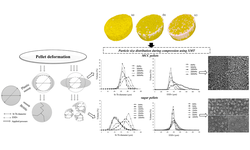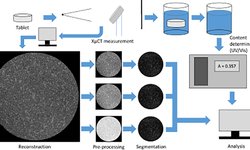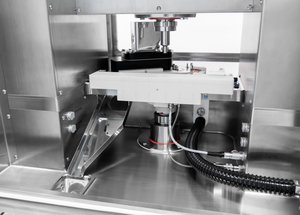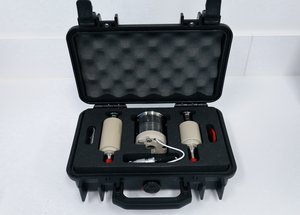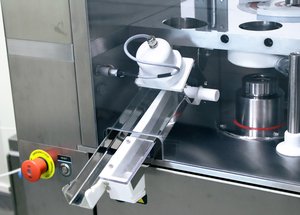Scientific papers
The conventional belief suggests that achieving a uniform distribution of the solid fraction in ribbons is advantageous during roll compaction/dry granulation. Many efforts have been made to enhance this uniformity by modifying machine components, such as roll design and feeding unit design. However, it has not been critically evaluated how crucial this homogeneity is in subsequent processing. This study addresses two key questions: How do process parameters contribute to enhancing homogeneity in ribbons, and how significant is this homogeneity for the properties of resulting tablets? To investigate, a statistically designed experiment was conducted, and ribbon homogeneity was analyzed using X-ray micro-computed tomography. Irrespective of the sealing system employed during manufacturing, larger gap widths resulted in higher homogeneity. The effect of specific compaction force varied depending on the sealing system. In the cheek plate system, higher specific compaction forces decreased ribbon homogeneity, whereas no influence was observed when rim rolls were used. In a subsequent investigation, ribbons of different homogeneity were milled, and the resulting granules were compressed into tablets. Tablets from both homogeneous and inhomogeneous ribbons exhibited comparable strength and tablet mass variability. Any reduction in tabletability from densely compacted regions of inhomogeneous ribbons was offset by higher fines content originating from the more porous ribbon regions. The conclusion drawn was that the significance of ribbon homogeneity in roll compaction might generally be overestimated.
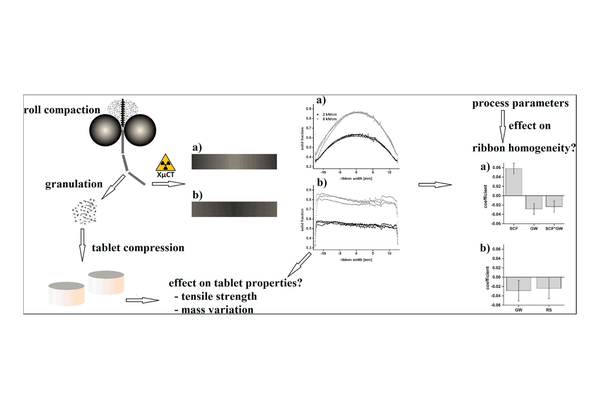
Comments
No comments posted yet.
Add a comment

